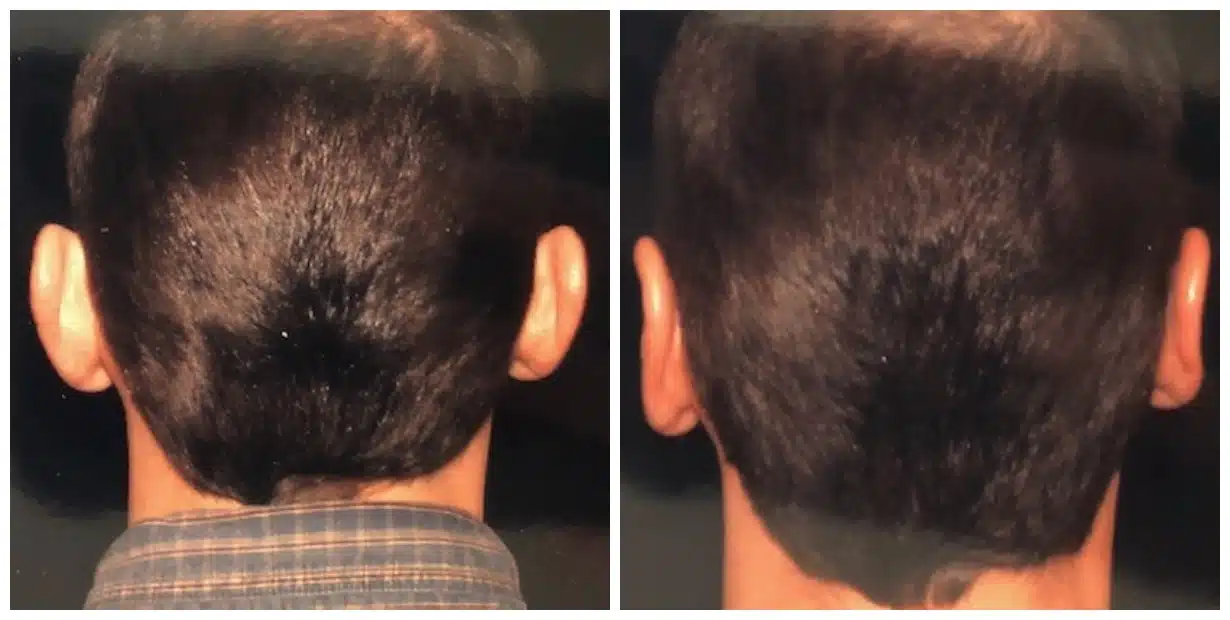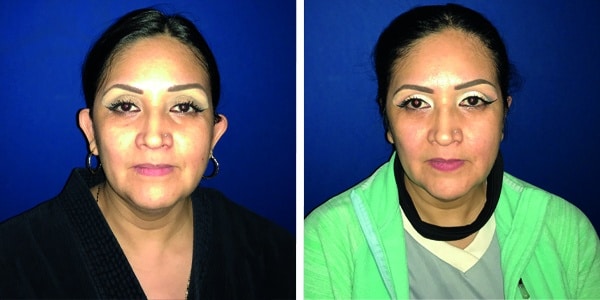Understanding Otoplasty:
Transforming Lives through Ear Surgery
Otoplasty, also known as ear pinning, is a surgical procedure that alters the ears' position, shape, or size. This technique addresses various concerns, from congenital disorders like macrotia and anotia to injuries resulting in aesthetic or functional ear issues. Dr. Vagotis, a highly respected plastic surgeon with extensive experience in areas such as Wyoming, Kentwood, and East Grand Rapids, Michigan, emphasizes the profound impact of otoplasty on a patient's self-esteem and overall quality of life.
The Evolution of Otoplasty Techniques
Otoplasty has undergone significant advancements, incorporating various techniques tailored to each patient's needs. From the traditional method involving a surgical incision and removing or reshaping cartilage to the Incisionless Fritsch otoplasty, the goal remains to achieve a natural-looking ear with a harmonious anatomical placement relative to the head and face. Techniques may also involve skin grafting, sutures, and even cartilage autotransplantation to correct deformities or injuries like cauliflower ear, a condition often seen in athletes and associated with trauma to the auricle.




Addressing Congenital Ear Deformities
Congenital ear deformities, such as microtia or anotia, pose significant challenges. These conditions, where the ear or a part of the ear is underdeveloped, require intricate reconstruction techniques, often involving cartilage from the patient's rib (autotransplantation) or synthetic materials. The Mustardé technique and Furnas otoplasty are procedures designed to correct prominent ears by creating or enhancing the antihelical fold and reducing the conchal cartilage.
In the realm of pediatric plastic surgery, timing and approach are crucial. For infants born with ear deformities, early intervention using a splint can sometimes reshape the cartilage without invasive surgery. This non-surgical approach relies on the cartilage's natural malleability and the influence of estrogen in the newborn's system, which keeps it pliable.
Otoplasty in Adults: A Journey Toward Self-Improvement
For adults, the decision to undergo otoplasty often stems from a desire to correct cosmetic concerns that have been a source of discomfort or self-consciousness. Dr. Vagotis highlights the importance of a thorough consultation process, ensuring that patients in Forest Hills, Queens, and beyond are well-informed about the potential risks, recovery expectations, and realistic outcomes of the procedure. Local anesthesia combined with sedation or general anesthesia is typically used, making the patient's experience as comfortable as possible.
Recovery from otoplasty involves wearing a headband-like dressing to maintain the ears' new position and protect against pressure while the tissues heal. Pain, swelling (edema), and bruising are common post-operative experiences, but these are temporary and can be managed with medication. The risk of complications, such as infection or hematoma, is minimized through meticulous surgical technique and post-operative care, including antibiotics and careful monitoring. This comprehensive approach ensures the safety and effectiveness of the procedure, instilling confidence and trust in the patient.



The Role of Health Insurance in Otoplasty
One practical consideration for patients considering otoplasty is health insurance's cost and role. Insurance providers may cover part or all of the procedure in certain cases, especially when otoplasty is performed to correct functional issues or congenital deformities. Dr. Vagotis advises patients from Jenison, Michigan, to Saranac to consult with their insurance companies to understand the specifics of their coverage.
The Impact of Otoplasty on Patients' Lives
Beyond the technical aspects of the surgery, the true measure of otoplasty's success lies in its ability to enhance patients' self-image and confidence. The American Society of Plastic Surgeons underscores the psychological benefits of cosmetic surgeries like otoplasty, noting significant improvements in patients' social interactions, self-esteem, and happiness.
Whether addressing congenital ear deformities in children or cosmetic concerns in adults, otoplasty offers a pathway to aesthetic improvement and emotional and psychological well-being. Dr. Vagotis, serving communities from Belmont to Caledonia and beyond, is dedicated to providing personalized care, tailoring their approach to each patient's unique desires and health objectives. This commitment ensures that every patient feels valued and understood.



In conclusion
Otoplasty is a beacon of hope, a transformative journey for individuals seeking to overcome the challenges associated with ear deformities or dissatisfaction with their appearance. Through meticulous surgical skills, a deep understanding of ear anatomy, and a compassionate approach to patient care, plastic surgeons like Dr. Vagotis are not just altering ears, but transforming lives, one ear at a time.


Frequently Asked Questions
What is otoplasty, and how can it involve skin grafting?
Otoplasty, or ear surgery, is a procedure to change the ears' shape, position, or size. It can involve skin grafting when there is not enough natural skin to cover the ear structure after correction or reconstruction, such as when the ears are reduced in size or reshaped.
Can otoplasty improve self-esteem and happiness?
Yes, many individuals who are self-conscious about their ears experience increased self-esteem and happiness following otoplasty. The results can lead to improved body image and confidence because their ears no longer feel like a source of embarrassment or distraction.
Who typically seeks out otoplasty?
Otoplasty is sought by people of all ages who are unhappy with the appearance of their ears due to congenital conditions (like overly large or protruding ears), injury, or dissatisfaction with previous ear surgeries.
Is the outcome of otoplasty with skin grafting different from standard otoplasty?
The outcome may vary when skin grafting is involved since it complicates the procedure. The grafted skin could have differences in texture, color, or thickness compared to normal ear tissue. However, skilled plastic surgeons aim for a natural-looking result that matches the surrounding area as closely as possible.
How long does it take for patients to see the benefits of otoplasty on their self-esteem?
While physical healing from otoplasty may take several weeks to months, psychological benefits such as increased self-esteem can be noticed shortly after surgery once the initial swelling subsides and patients can appreciate their new appearance. Full emotional benefits may develop over time as patients adjust to their changes and receive feedback from others.
*DISCLAIMER: Results vary from person to person.
